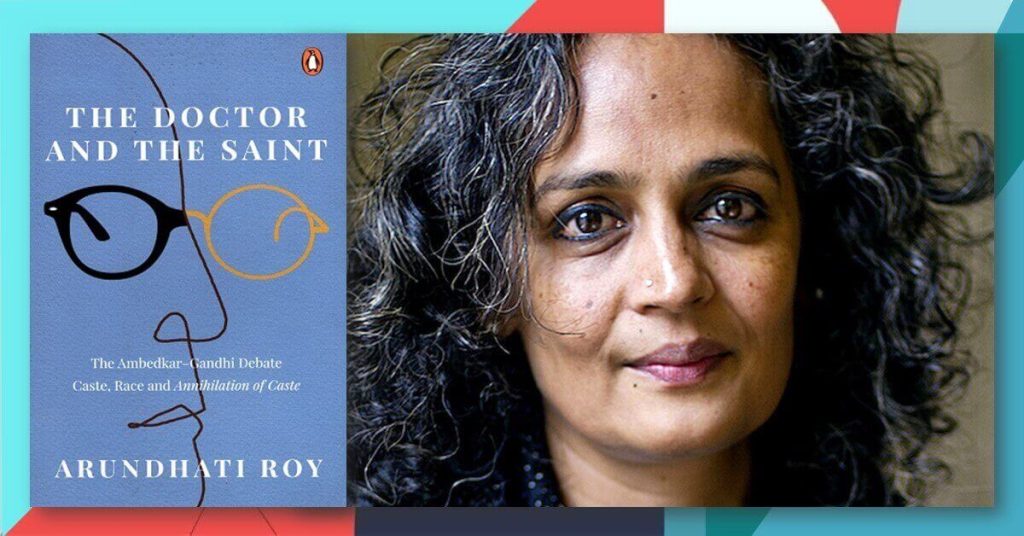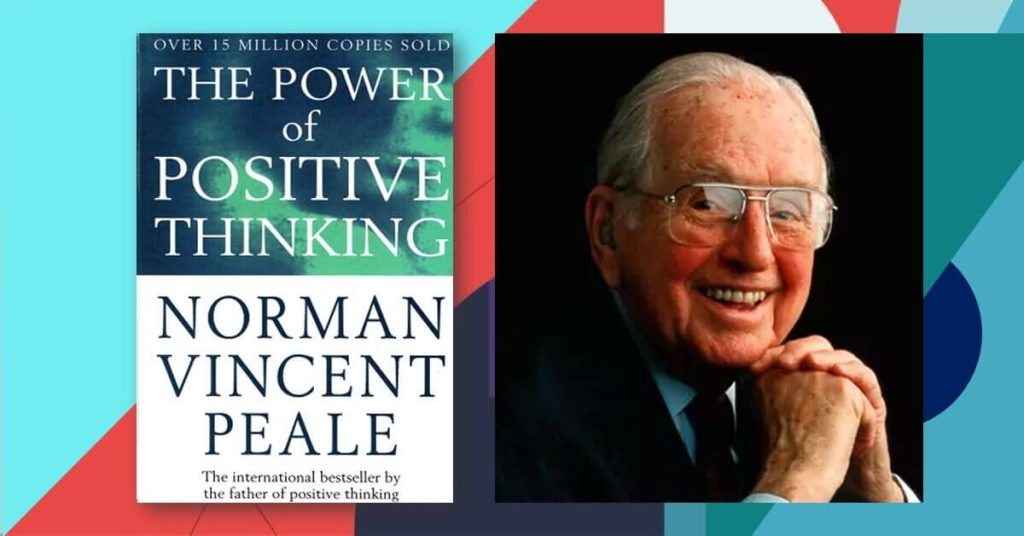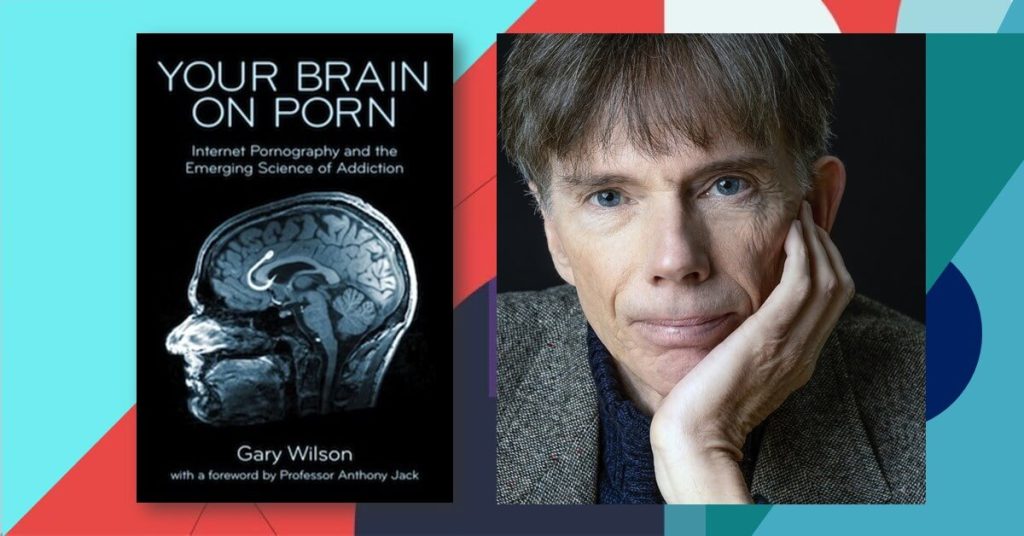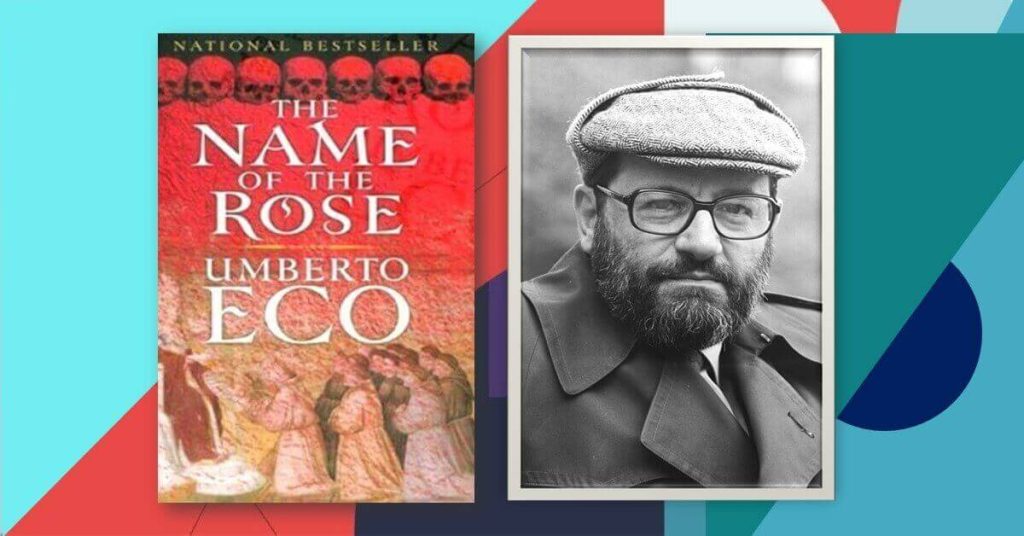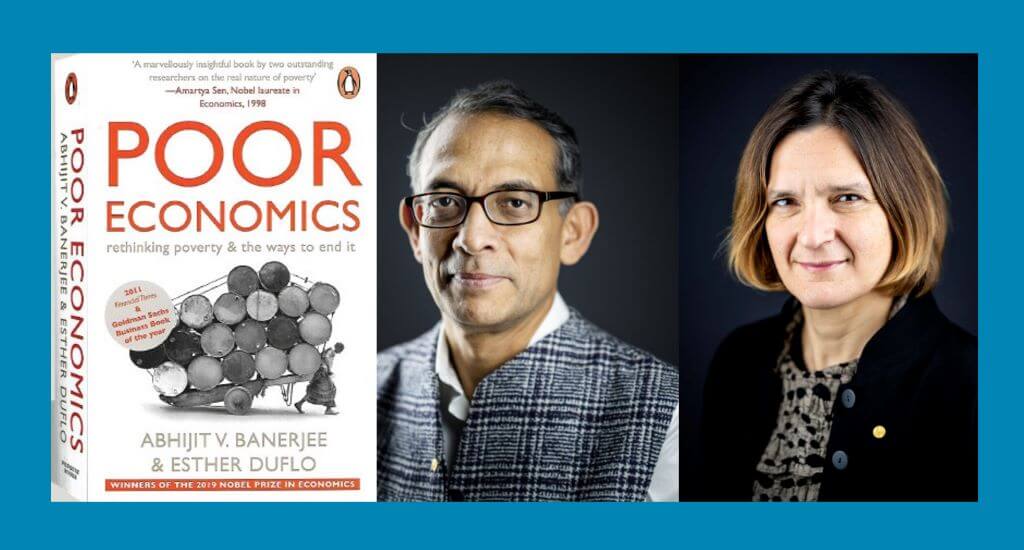Irish writer Sally Rooney’s latest novel, Intermezzo, continues her exploration of personal relationships within the context of contemporary socio-political struggles, a hallmark of her previous works like Normal People and Conversations with Friends.
Her novel Normal People was adopted in a 2020 TV series by the BBC with higher ratings.
Set in a post-funeral, grief-laden atmosphere, Intermezzo delves into the emotional intricacies of two brothers, Ivan and Peter, and their relationships with the people around them. Rooney’s signature blend of romantic, intellectual, and philosophical exploration persists, though the novel introduces a fresh stylistic approach, making it more complex and ambitious than her earlier works.
In Intermezzo, Sally Rooney’s critique of capitalism and exploration of class dynamics are central to the novel’s moral and intellectual landscape.
Through the contrasting characters of Darren, Ivan, and Peter, Rooney delves into the dehumanizing effects of capitalism and the ways in which intellectualism and ethical living serve as forms of resistance.
Plot Overview
Intermezzo follows two brothers, Ivan and Peter, as they navigate life after the death of their father.
Ivan is a 22-year-old chess prodigy, socially awkward and intellectually brilliant, while Peter, ten years older, is a human rights lawyer struggling with the weight of expectations and his own inner turmoil. Both brothers are marked by a quiet, underlying sense of loneliness, which defines much of the novel’s mood.
The story alternates between their perspectives, exploring their individual and intersecting emotional worlds as they deal with grief, relationships, and the complexities of their own identities.
Set against the backdrop of their father’s death, Intermezzo delves into the brothers’ strained relationship, marked by misunderstandings and unspoken tension. Ivan is emotionally withdrawn, dealing with a stalled chess career and personal insecurities, while Peter is burdened by the weight of his professional life, romantic entanglements, and a growing sense of personal dissatisfaction.
The novel captures their interactions with others: Ivan’s awkward but tender connection with Margaret, a woman he meets through his chess events, and Peter’s complex relationships with Sylvia, his ex-girlfriend, and Naomi, a younger woman who sells explicit pictures online.
These relationships are central to the emotional and philosophical dilemmas they face, underscoring Rooney’s thematic focus on class, capitalism, and intellectualism.
Character Analysis
Ivan Koubek: Ivan is one of the novel’s central figures, a young man who struggles to reconcile his intellectual brilliance with his inability to engage socially.
His character represents Rooney’s typical introspective protagonist, marked by a deep sense of internal isolation. Ivan’s identity as a chess prodigy sets him apart, both in his professional life and in his personal relationships.
He is hyper-aware of his own awkwardness and the ways in which he differs from others, especially in romantic or social settings.
His relationship with Margaret, an older woman he meets during a chess event, highlights his emotional vulnerability and his search for connection.
While Ivan is often absorbed in his own thoughts, reflecting on the inefficiency of the world and his place in it, his interactions with Margaret bring out a softer, more human side to his character. Their conversations, marked by mutual respect and understated affection, showcase Ivan’s desire to be understood beyond his intellectual achievements.
Throughout the novel, Ivan’s internal conflict is often juxtaposed with his chess career, which serves as both a comfort and a source of frustration.
Chess, for Ivan, is a realm of control and predictability, but outside the game, he feels lost, unsure of how to navigate the complexities of life, love, and personal responsibility.
Peter Koubek: Peter, Ivan’s older brother, is a more outwardly confident character, though he, too, is plagued by inner turmoil.
At 32, Peter is caught in a mid-life crisis of sorts, struggling with the demands of his career as a human rights lawyer and his own personal dissatisfaction. Peter’s relationships with women—specifically Sylvia, his ex-girlfriend, and Naomi, his younger lover—expose his conflicted feelings about love, power, and self-worth.
Peter is characterized by his intellectualism, much like Ivan, but his life is more socially integrated. He interacts with others more easily, yet he remains disconnected on an emotional level.
His relationship with Naomi, in particular, reflects this disconnection: although he helps her financially and is physically attracted to her, their relationship lacks the depth and intimacy he desires.
At the same time, Peter’s feelings for Sylvia, who has suffered from chronic pain after an accident, reveal his inability to let go of the past. Their relationship, marked by unresolved tension and a deep, shared history, is a central aspect of Peter’s narrative arc.
Peter’s sense of duty and guilt towards Sylvia, coupled with his inability to fully commit to her or to Naomi, highlight his emotional paralysis.
Margaret: Margaret plays a key role in Ivan’s life, serving as a stabilizing force in the novel.
She is an arts center employee in her 30s, who initially mistakes Ivan for a young boy when they first meet. Her interactions with Ivan are gentle and nurturing, offering him a sense of acceptance and understanding that he craves. Margaret is a grounded character, contrasting with Ivan’s more cerebral and isolated personality.
Their budding relationship allows Ivan to explore his emotions and vulnerabilities in a safe, non-judgmental space.
Margaret’s role in the novel is significant because she offers Ivan a glimpse of what a meaningful, emotionally connected relationship could look like.
While Ivan is often lost in his thoughts and insecurities, Margaret’s presence helps him engage with the world in a more tangible, human way.
Naomi: Naomi is a 23-year-old student involved in a transactional relationship with Peter.
She represents a younger generation, with a different set of values and experiences. Her role in the novel highlights themes of commodification, power, and intimacy, as Peter provides her with financial assistance while struggling with his own feelings of attraction and guilt.
Naomi’s character is not deeply explored, but she serves as a foil to Peter’s more intellectual, emotionally complex nature, representing a different form of engagement with the world—one that is practical, opportunistic, and less concerned with emotional entanglement.
Sylvia: Sylvia is Peter’s ex-girlfriend, a brilliant academic who suffers from chronic pain after an accident.
Her relationship with Peter is complex, marked by a sense of deep affection but also the physical limitations imposed by her condition.
Sylvia’s intellectualism and emotional depth are evident in her interactions with Peter, and their shared history gives her a significant presence in his life.
However, their relationship is marred by Peter’s inability to fully commit, reflecting his inner struggle with guilt, responsibility, and desire.
Themes
Emotional Complexity and Intellectualism
Rooney’s characters often experience emotional confusion, veering between intense personal suffering and moments of connection. Intermezzo explores these themes in depth, with Ivan struggling to maintain both his romantic life and chess career, and Peter juggling his ethical dilemmas and unfulfilled relationships.
Class, Capitalism, and Left-Wing Ideals
Rooney’s critique of capitalism appears again, symbolized by a minor antagonist named Darren, who represents a morally vacant corporate lifestyle.
The brothers, aligned with left-wing intellectualism, stand in stark contrast to characters like Darren. Rooney’s portrayal of them, particularly Ivan’s principled refusal to travel by air for environmental reasons, illustrates her ongoing focus on the ethical behaviours of her millennial characters.
Writing Style and Tone
While Rooney’s previous works showcased her minimalist, straightforward prose, Intermezzo presents a more elaborate and fragmented narrative structure. Alternating between Ivan’s quiet introspection and Peter’s increasingly erratic thoughts, the novel employs stream-of-consciousness passages reminiscent of James Joyce.
At times, Rooney uses deliberate verb omissions and truncated sentences, intensifying the sense of psychological turmoil experienced by the characters.
Despite this stylistic shift, Intermezzo retains Rooney’s familiar balance of irony and deadpan humor. Yet, some readers may find the prose occasionally self-indulgent, with moments that feel more contrived than authentic, particularly during intimate or philosophical musings.
Class, Capitalism, and Left-Wing Ideals in Intermezzo
One of the recurring themes in Sally Rooney’s work, including Intermezzo, is the critique of capitalism and the exploration of class dynamics.
Rooney’s novels often feature protagonists who are deeply aware of societal inequalities and their own positions within this framework, typically leaning toward left-wing ideals.
In Intermezzo, these themes are intricately woven into the personal lives of the characters, particularly the two brothers, Ivan and Peter, who serve as intellectual and moral contrasts to the capitalist world they disdain.
Darren: The Embodiment of Capitalism’s Moral Vacuum
In Intermezzo, Rooney introduces Darren, the half-brother of Ivan and Peter, as a minor yet symbolic character who represents everything the protagonists despise about the capitalist world.
Darren works at a corporate law firm, earning a substantial salary but contributing, as the novel states, “literally nothing at all to human civilization.” This critique of Darren’s profession highlights Rooney’s broader condemnation of capitalist-driven careers, where personal success and financial gain come at the expense of social contribution or ethical fulfilment.
Darren’s shallow character is further emphasized by his bad taste, exemplified by his choice of synthetic fragrances, polished marble countertops, and plastic flip-flops—symbols of his conformity to capitalist culture and lack of depth.
Rooney’s portrayal of Darren is not just about personal disdain but serves as a microcosm for a larger systemic critique.
He is a reminder of the pervasive and dehumanizing effects of capitalism on individuals, stripping them of meaningful contributions and reducing them to cogs in a corporate machine. Darren’s superficiality stands in stark contrast to the intellectual and ethical struggles of Ivan and Peter, reinforcing the novel’s ideological divide between the capitalist elite and the socially conscious left-wing protagonists.
The Protagonists: Intellectualism as Resistance
Ivan and Peter, the central figures of Intermezzo, embody the intellectual left-wing ideal that has become a hallmark of Rooney’s fiction.
Both brothers, despite their flaws and emotional complexities, are portrayed as morally and intellectually superior to characters like Darren, precisely because they engage in critical thought about their place in society and their responsibilities as individuals.
Ivan, the 22-year-old chess prodigy with a degree in theoretical physics, is depicted as a highly thoughtful and morally conscious individual.
His refusal to travel by air for environmental reasons and his commitment to second-hand clothing reflect his alignment with anti-capitalist, environmentally responsible ideals. These lifestyle choices are symbolic acts of resistance against the consumer-driven, profit-oriented culture that Darren epitomizes.
Ivan’s intellectualism is not just a personal trait but a form of rebellion against a world where financial success is valued over ethical living.
Peter, the elder brother, is a human rights lawyer, a profession that Rooney frames as a more morally upright alternative to the corporate world in which Darren thrives. Peter’s intellectualism is similarly portrayed as a counterpoint to capitalist values, with his character grappling with ethical dilemmas and the responsibilities that come with privilege.
However, Rooney also critiques Peter’s own entrapment in the systems of power, highlighting the tension between his ideals and the compromises he must make in his professional life.
Class and Moral Hierarchies
Rooney often draws clear moral hierarchies in her novels, with intellectualism and left-wing politics positioned at the top.
In Intermezzo, this hierarchy is expressed through the juxtaposition of characters like Ivan and Peter, who are portrayed as sensitive, intelligent, and socially aware, against characters like Darren, who represent the capitalist status quo.
The protagonists’ struggles with love, grief, and identity are depicted as more meaningful and profound precisely because they are connected to broader social and political critiques.
Rooney’s fixation on class and capitalism is also evident in the environments she creates. Darren’s modern housing development with its “big engraved rock outside” serves as a symbol of the shallow, materialistic world that characters like Ivan and Peter reject.
By contrast, Ivan’s and Peter’s worlds are defined by their intellectual pursuits, ethical reflections, and emotional depth, all of which are presented as antithetical to the capitalist system.
Romantic Relationships as Extensions of Class Conflict
In Intermezzo, the romantic entanglements of the characters also serve to highlight the theme of class and capitalism.
Ivan’s relationship with Margaret, an arts centre employee more than a decade his senior, and Peter’s complex relationships with Sylvia and Naomi, are not just personal dramas but reflections of the broader societal tensions they navigate. Ivan and Margaret’s relationship, in particular, can be seen as a rebellion against societal norms, both in terms of the age gap and their mutual rejection of capitalist values.
Their connection is portrayed as more authentic and profound precisely because it exists outside the capitalist framework of transactional relationships and material success.
Peter’s relationship with Naomi, a student who sells explicit pictures of herself online, adds another layer to the exploration of capitalism. Naomi’s commodification of her body for financial gain reflects the ways in which capitalism infiltrates even the most intimate aspects of life.
Peter’s conflicted feelings about paying her rent and his attraction to Sylvia, a brilliant academic, further illustrate the tension between personal desire and the moral dilemmas posed by living in a capitalist society.
Key Points in Intermezzo by Sally Rooney
1. Themes of Grief and Family Tensions
Intermezzo explores the aftermath of a father’s death and its impact on his two sons, Ivan and Peter.
This grief manifests in different ways, creating emotional distance between them, despite the evident love they share. The novel examines how death alters familial relationships and brings unresolved tensions to the surface, as Peter assumes responsibility for organizing the funeral while Ivan distances himself emotionally.
2. Capitalism and Class Critique
Rooney uses characters like Darren to critique capitalism and class structures, positioning him as a symbol of materialism and corporate emptiness.
This theme runs parallel to the more left-leaning, intellectual ideals of Ivan and Peter. Their rejection of material success in favour of intellectualism and ethical living underscores the novel’s anti-capitalist sentiment.
3. Romantic Entanglements as Character Development
The complex romantic lives of both Ivan and Peter serve as windows into their internal conflicts.
Ivan, younger and more intellectually detached, is romantically involved with Margaret, a woman much older than him. Peter, on the other hand, is caught between two women: Sylvia, an ex-girlfriend still connected to him through emotional and intellectual ties, and Naomi, a younger woman who represents a more transactional relationship.
These relationships deepen the exploration of class, power, and emotional vulnerability.
4. Left-Wing Intellectualism and Morality
Ivan and Peter embody a kind of moral superiority through their rejection of capitalist values, represented by their careers and lifestyle choices.
Ivan’s refusal to engage in capitalist excesses, such as avoiding air travel for environmental reasons, and Peter’s career in human rights law highlight Rooney’s focus on left-wing intellectualism.
The brothers are portrayed as sensitive, morally conscious individuals whose struggle with personal and romantic issues reflects larger ideological conflicts.
5. Character Study: Ivan and Peter
Ivan is portrayed as intellectually brilliant but socially awkward.
His passion for chess and academic interests set him apart from the world of emotional engagement, especially in his strained relationship with Peter.
Peter, in contrast, is more socially adept but emotionally conflicted, balancing his career in law with a sense of personal inadequacy and unresolved familial trauma. Their contrasting personalities highlight different approaches to coping with grief and personal failure.
6. Emotional Disconnect and Miscommunication
A recurring theme in Intermezzo is the inability of characters to fully communicate their feelings.
This is especially evident in the relationship between Ivan and Peter, whose misunderstandings prevent them from connecting on a deeper level. The novel suggests that while both brothers share profound emotional experiences, their differing worldviews and approaches to life hinder any true resolution to their conflicts.
7. Stylistic Choices: Stream of Consciousness and Dialogue
Rooney experiments with a more fragmented narrative style in Intermezzo, utilizing stream-of-consciousness to convey the internal turmoil of characters like Peter.
This stylistic choice adds depth to the emotional complexity of the characters, though it can feel disjointed at times. The dialogue remains sharp and realistic, capturing the nuances of modern relationships and the intellectual posturing common in Rooney’s previous works.
Conclusion
Sally Rooney’s Intermezzo is a nuanced exploration of relationships, ethics, and the clash between personal ideals and societal expectations.
It is undeniably a work of emotional depth and intellectual ambition, though it may divide readers with its stylistic shifts and sometimes claustrophobic focus on its protagonists’ internal worlds.
However, for fans of Rooney’s work, Intermezzo offers an evolution of her signature style, pushing her literary boundaries while still maintaining the core themes that have resonated with so many.

